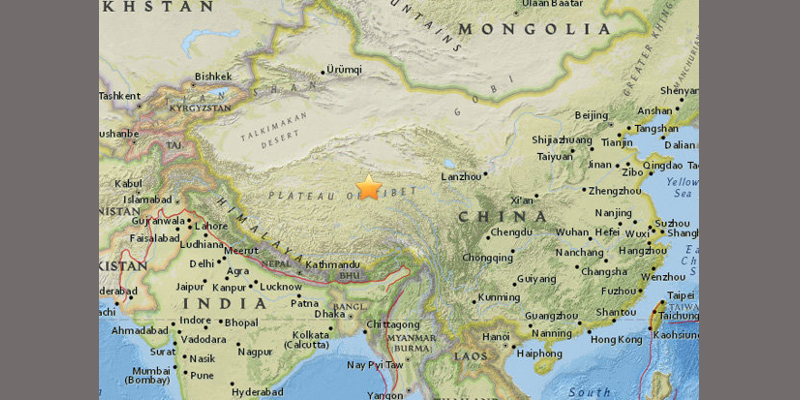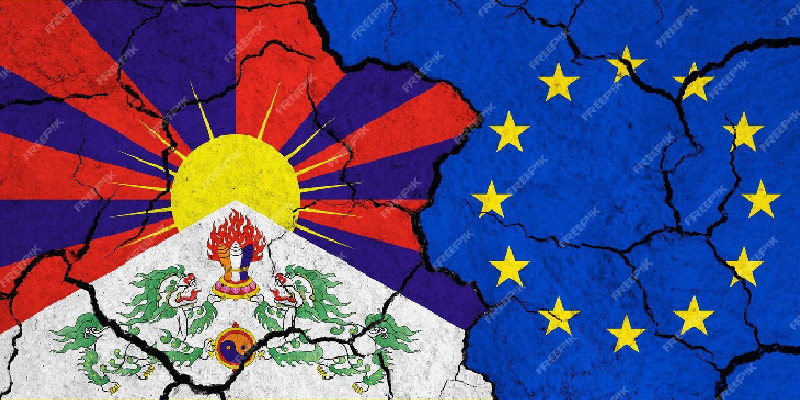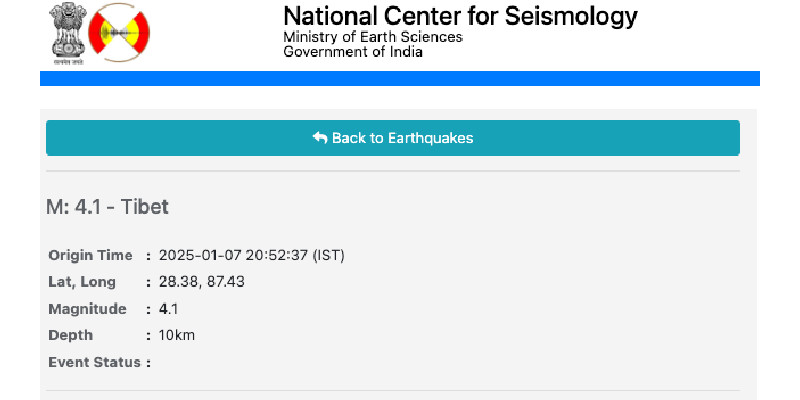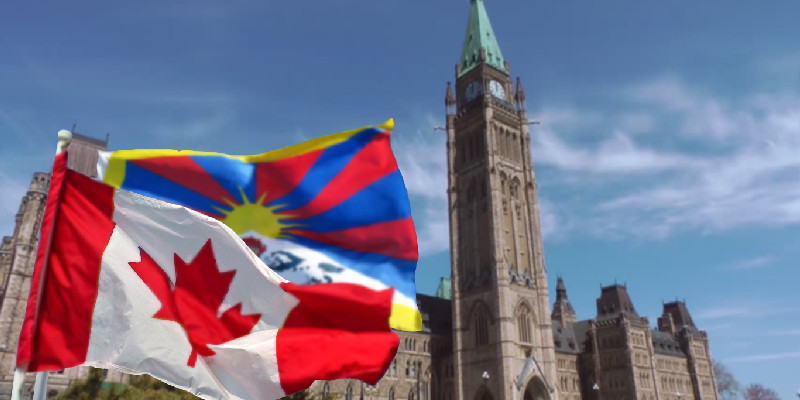Tibet was recently shaken by tremors on 2nd August at about 2 am in the early morning. Fortunately no casualties were reported and no one was hurt. Earlier this month, Scientists had warned that the mantle – the thick layer under the Earth’s surface – had cracked beneath Tibet. The Indian plate is sub-ducting underneath the Eurasian Plate and this has greatly influenced the local Geography. The majestic Himalayas are a result of this geological activity.
Geography and Geology of Tibetan Plateau is a very intriguing topic and has always attracted many Geologists and meteorologists. With the progress in science and technology we now possess a deeper and more nuanced understanding of Tibetan Plateau and the prominent role that it has played in shaping the climate of the wider regions of South Asia and to an extent South East Tibetan Plateau, its summertime heating and cooling in September and October influences the withdrawal of Westerly Jet Streams and onset of Easterly Jet Stream.
The Thermal and dynamic affects of the lofty Tibetan plateau influence the Monsoon in South Asia in the early and the receding phase of the Monsoon. The heating of the Tibetan plateau shows a co-relation with rainfall in India from May 20 to June 15. Then it disappears but only to reappear again for rainfall between September 1 and October 15 when the monsoon was tailing off.
Tibet is also home of many great rivers of South Asia and South East Asia namely, the mighty Brahmaputa or Psangpo as it is called in Tibet, Satluj and Kali rivers which are very important for local economy of Assam and Punjab and Terai Region of India. Indus is another great river which has its origin in Tibet and its importance for people of India and Pakistan cannot be contained in words. But, to say the least it is the backbone of agrarian economy of Pakistan and a source of livelihood for millions of people.
Tibet also separates the two giant countries of Asia, India and China. In absence of Tibet plateau, the interactions between the two ancient civilizations would have far more pronounced than what it was and the region and its demography would have shaped very differently.
Tibet is also the origin place of many great rivers of South East Asia, the Mighty Mekong, Salween and Iravady are the backbone of economies of many countries of the region and have acted as a cradle for local cultures, nurturing them and often protecting them as these mighty rivers acted as natural boundaries between the states.
Tibet has been a relatively isolated place owing to its difficult climate and terrain which led to evolving of its unique cultural identity. But the role it has played in influencing the surrounding regions has not really been emphasized so far. It is therefore time to make a strong case for more transparency in Tibet as giving China a free run in Tibet can really sabotage the Economies of India, Bangladesh and many South East Asian Countries. Thus it continues to play a geo-strategic role.







Leave a Reply